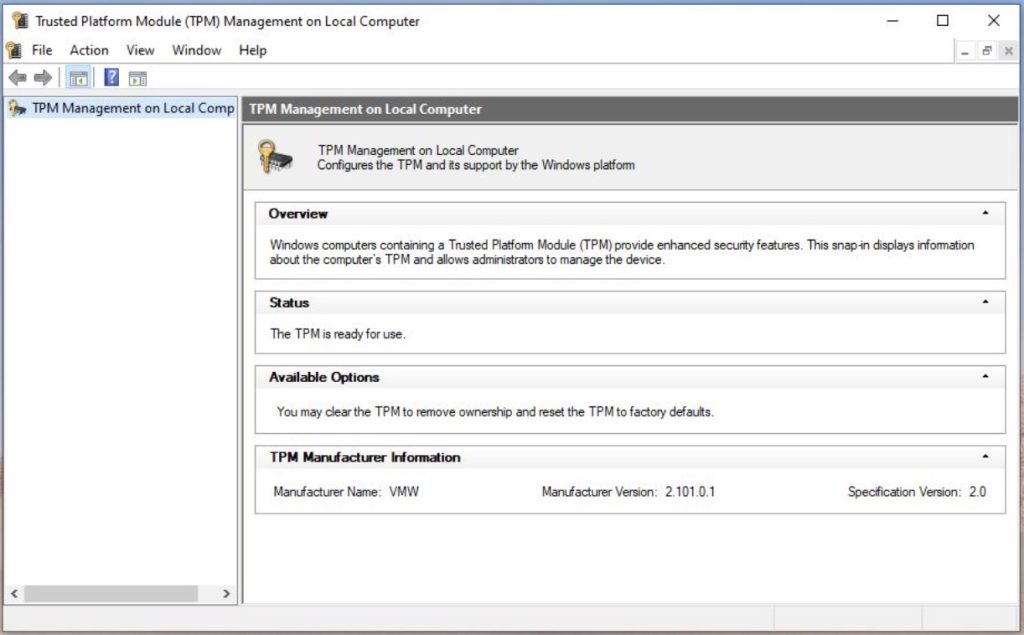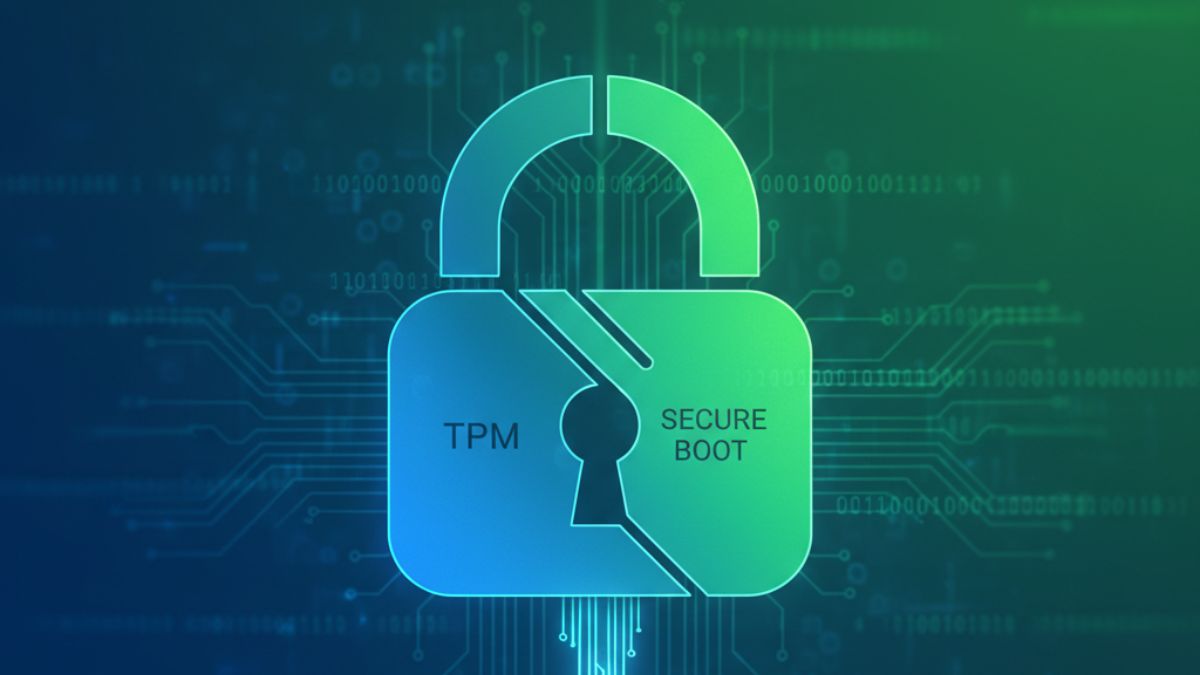Modern PC games are becoming more demanding, not only in terms of graphics but also in terms of system security. If you have tried installing or launching games like Call of Duty, Valorant, or Fortnite, you may have seen a message telling you to enable TPM 2.0 and Secure Boot. These terms sound technical, but the concept is actually easy to understand. This guide explains what they are, why games need them, and how you can enable them safely on your PC.
What Is TPM and Why Does It Matter for Gaming
TPM stands for Trusted Platform Module. It is a small hardware chip on your motherboard that handles sensitive security functions. You can think of TPM as a digital vault that protects important system information.
TPM helps with the following.
- It securely stores Windows login credentials.
- It protects your PC from system-level modifications.
- It keeps encryption keys safe.
- It enables features like Windows Hello and BitLocker.
Most modern motherboards include TPM 2.0 by default. It can be a dedicated physical chip or an integrated firmware-based version called fTPM.
In simple words, TPM ensures the integrity of your system. If a game uses kernel-level anti-cheat, it needs guarantees that your computer is not running manipulated software. That is where TPM becomes important.
What Secure Boot Is and How It Protects Your PC
Secure Boot is a security feature built into your motherboard’s UEFI firmware. It controls what your PC is allowed to load when it starts up.
Secure Boot works in a simple way.
- It checks if your operating system is trusted.
- It blocks malicious or unauthorized bootloaders.
- It prevents low-level rootkits from injecting code.
With Secure Boot enabled, your PC only loads verified software during startup. That creates a protected environment for games that use strict anti-cheat systems.
Why Games Require TPM and Secure Boot Today
Cheating has evolved over the years. Many cheats do not run inside the game anymore. Instead, they operate at a deeper level, sometimes even inside the Windows kernel. To stop this kind of manipulation, developers use kernel-level anti-cheat solutions.
Kernel-level anti-cheat requires a secure and trusted system. TPM and Secure Boot provide exactly that.
Games require these features for the following reasons.
- They prevent kernel-level cheats from loading.
- They make unauthorized hardware spoofing difficult.
- They reduce the chances of tampering with game files.
- They allow more effective ban enforcement.
The gaming industry wants to create fair and competitive online environments. TPM and Secure Boot help achieve that goal.
How to Check If Your PC Has TPM 2.0 Enabled
Windows includes a simple tool to check TPM availability.
- Press Windows + R.
- Type tpm.msc and press Enter.
- A TPM Management window will open.
- Look for TPM Status and Specification Version.

If it shows TPM 2.0 and the status says The TPM is ready for use, then your system is already compatible. If TPM is missing, your motherboard probably disabled it by default. You can usually enable it through BIOS settings.
How to Check If Secure Boot Is Enabled
To confirm Secure Boot status:
- Open Windows Start Menu.
- Search for System Information.
- Look for an entry named Secure Boot State.
If it says On, you are ready for games that require it. If it says Off, you can enable it from BIOS as long as your system uses UEFI.

How to Enable TPM and Secure Boot in BIOS
Most BIOS interfaces follow a similar layout. The steps below work on the majority of modern motherboards.
- Restart your PC.
- Press the BIOS key. Common keys are F2, Delete or F10.
- Look for a menu named Security, Advanced or Trusted Computing.
- Find an option named TPM, fTPM or PTT and turn it on.
- Go to the Boot tab and enable Secure Boot.
- Save changes and restart your PC.
After the restart, Windows will load normally, and games that require TPM and Secure Boot will run without warnings.
Can You Play Games Without These Features
In most cases, the answer is no. Once a game switches to kernel-level anti-cheat, TPM and Secure Boot become mandatory. Some older workarounds no longer function because the anti-cheat system checks your system at the hardware level. If you play competitive games, it is safe and recommended to keep these features enabled.
Wrap Up
TPM and Secure Boot may sound complicated at first, but they are simple security tools designed to protect your system. Game developers are now using stronger anti-cheat methods, and these features help create a safer and fair gaming experience.
By understanding what TPM and Secure Boot actually do, you can set up your PC correctly and enjoy modern games without interruptions.







